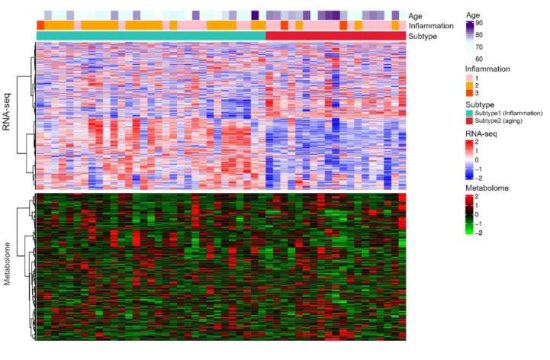According to a research, where you live and how you view your neighbourhood is strongly related to your health behaviour and your risk of developing obesity.
A cross-European team of researchers have reported the results of a four-year €3.7m study which investigated the nature of local neighbourhoods using self-reported perceptions of the environment and objective measures based on Google Street View, along with estimates of individual health behaviours and social integration and community support.
The results showed that many of these measures are linked to health behaviour and risk of developing obesity. Analysing data from nearly 6000 people living in Paris, London, Ghent, Rotterdam, Amsterdam and Budapest, the researchers found that levels of physical activity, self-rated health, happiness and neighbourhood preference were associated with how residents perceived and used their neighbourhood. Residents of socio-economically deprived areas perceive their neighbourhood as less conducive to healthy behaviours than residents of more affluent areas. The presence of food outlets, outdoor recreation facilities, and green spaces also varied significantly between the cities.
Higher levels of social network and social cohesion were associated with better self-rated health, lower odds of obesity and higher fruit consumption, although these social factors were also associated with longer periods spent sitting and less transport-related physical activity.
[pullquote]“This research has broken new ground in its use of online street views to assess the characteristics of a neighbourhood, as related to eating and physical activity behaviours” said Professor Jean-Michel Oppert.[/pullquote]
“Urban planners and policy makers have a responsibility to ensure that the neighbourhoods they design and the facilities and businesses that the neighbourhoods contain will promote healthy behaviour, and is protective against unhealthy behaviours” said lead researcher Jeroen Lakerveld of the VU University Medical Center in Amsterdam. “It could save millions of Euros in health care costs if health promotion focuses on upstream determinants of healthy behaviours, including healthy food purchases and greater physical activity. The best neighbourhoods are those which have the facilities to support good health and also can encourage social networking and community support.”
“This research has broken new ground in its use of online street views to assess the characteristics of a neighbourhood, as related to eating and physical activity behaviours” said Professor Jean-Michel Oppert, Professor of Nutrition at Pitie-Salpetriere University Hospital (Paris). “We have validated the online measure against real in-street data collection and found a high level of concordance in the scores. Using online tools can greatly reduce the costs of research and increase access to valuable information, giving us new ways to describe our neighbourhoods and new ideas for designing better ones.”
The research project included a survey of people’s descriptions of the boundaries of their residential neighbourhood. Participants were provided with a map and asked to draw their neighbourhood limits using a web-based tool. The survey found that older adults defined smaller neighbourhoods than younger adults; women generally defined smaller neighbourhoods than men, while respondents with higher levels of education reported larger self-defined neighbourhoods. “It is possible that younger residents, men and residents with higher education experience greater mobility or live in places with greater access to urban opportunities such as services, transport and social activities, thereby increasing the space where activities are performed” said Professor Oppert.
“We also found that across the five urban areas studied, the length of residence was positively associated with the size of self-defined neighbourhood,” he added. “This is possibly because longer residency was associated with more social activities and relationships in the neighbourhood and higher awareness of local facilities. Again, this has significance for showing that where we live affects our health behaviours and outcomes such as obesity. These issues are important for architects and urban planners designing residential areas.”
The research is published in a series of papers in a special issue of the scientific journal Obesity Reviews. “This collection of papers provides a robust evidence base for policy-makers,” said the issue co-editor, Dr Harry Rutter of the London School of Hygiene and Tropical Medicine. “It provides the latest systematic reviews of the literature along with new survey data and analyses across a range of European urban neighbourhoods. We have known for some years that where a person lives will affect their health, and now we can see more clearly exactly how that happens in practice, and what we need to do about it.”








